Is Portulaca pilosa edible? It’s a low-growing native with pink flowers and linear or narrowly ovate-elliptic leaves that are slightly flattened. It’s also in the same genus as the very esteemed edible, Portulaca oleracea. But every time I have tried to eat P. pilosa the plant burns my mouth slightly and upsets my stomach slightly. It also does not taste good to me. Thus my vote is no and why it is not featured on my website. But not all pallets agree.
I’ve had beginning foragers tell me they eat it. I have not seen them eat it and I’m not really sure when talking with beginners if we are always referring to the same plant. An article in the Orlando Sentinel newspaper in 2011 certainly implies it is edible. But if you read the article carefully it seems as if the writer gets the two aforementioned species confused. She has found P. pilosa in her yard but refers to a 2006 Oprah Winfrey show with Dr. Oz saying it is edible. But if you look at a photograph from that show it shows P. olereacea not P. pilosa. So the article is of no help. Mr. Smarty Pants, someone who write intelligently for the Ladybird Johnson Wildflower Center in Texas, says no Portulacas show up on five commonly referenced toxic plant data bases. And I must say I was not made greatly ill by my consumptions of P. pilosa but I have no intentions of eating it again. A general survey of the articles on the internet say P. pilosa is not edible and several are right that it has medicinal uses. But oddly one source does specifically say it is edible.
Edible and Useful Plants of Texas and the Southwest was written by Delena Tull. Ms. Tull is a conservative writer and while she does have a Phd it is not in botany. In her book one can find her cautioning the use of plants that are not usually cautioned. Thus one would expect her treatment on Portulaca to contains some warnings about P. pilosa. Yet on page 130 she states the Tarahumaras Indians of Northern Mexico eat the young greens of the P. pilosa (and P. oleracea) raw and cooked. No mentioning of burning or indigestion. They must have stronger stomachs than I. Tull then goes on to quote the nutritional content of P. olearacea then warns us not to eat too much of the approved species because of oxalic acid. Again no warning about P. pilosa from this usually cautious writer. She also says all Portulacas are reportedly edible but adds she does not know about one called the Moss Rose. Interestingly, or confusingly, P. pilosa is often called the Moss Rose… I’ll stick with my position that it is not edible. If your experience is different I’d like to hear from you. If you want to read about the edible P. oleracea go here.
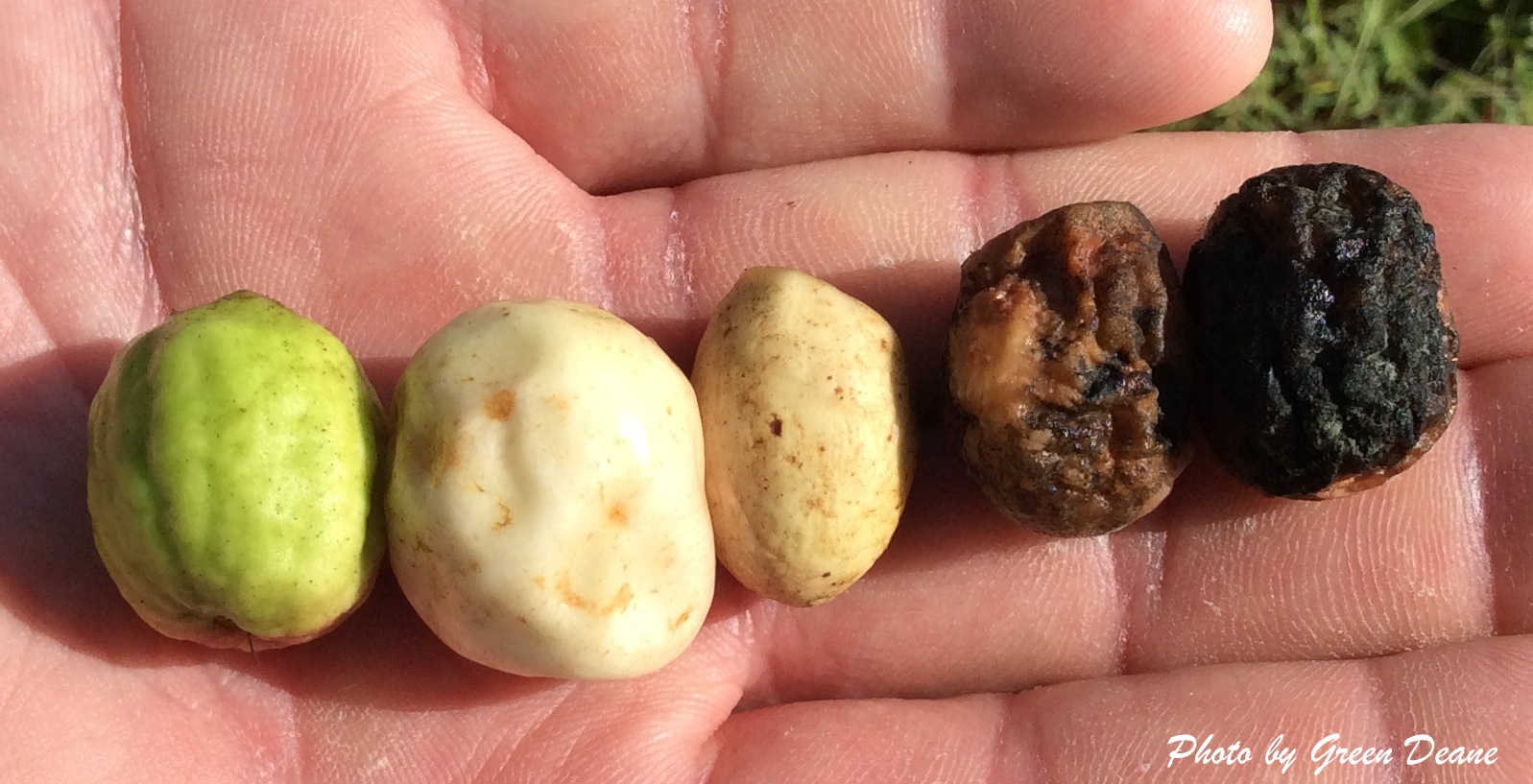
Gopher Apples ranging from unripe green then two edible stages and two past edible, by humans at least. Photo by Green Deane
A rather unusual find this week in Melbourne, Fla., was many ripe Gopher Apples. I will freely admit it took me many years of annual hunting to finally find some uneaten ones. The woodland creatures like them, particularly Gopherus polyphemus, the Gopher Tortoise. Gopher Apples are a trailside nibble at best. Soft and easily bruised they don’t travel or store well. Propagating them is difficult — though extended soaking of the seeds in water helps — but once established they are nearly fireproof. In fact, if you find a large patch of Gopher Apple it might just be one clone. This past weekend we found many of them not only uneaten but rotting on the vine. It makes me wonder if the local Gopher Tortoise population is down. While they can flower all year I usually find Gopher Apples in late spring but now is mid-September. That seems to me to be a little unusual. Ripe Gopher Apples can range in color from white to pink to red. To read more about Gopher Apples click here.
What’s in season locally and what’s not? Definitely in right now is the Winged Sumac. If you’ve been looking for it and not finding it this is the time to scout it out. Wild Cucumbers are also fruiting as are the Maypops. The American Beautyberry is also heavy with fruit as well. You might even find a few second season Suriname Cherries. One little surprise this week was to find Hairy Bittercress. This little mustard likes wet spots and cooler weather but a good young crop was seen in Melbourne. While Elderberries supposedly fruit here all year they are about done for the season with some even starting over with new blossoms. Now is also prime time to be looking for large, green fruits of the Latex Strangler Vine, a nice squash-like staple. And if you like to find mushrooms, if only for the fun of discovery, this week should be a good time to start looking. The heavy rains of this past week and rain this week should stimulate their seasonal growth. It’s fungal fun time. Which reminds me to mention I have two facebook pages about mushrooms; Florida Mushroom Identification Forum, and, Southeastern US Mushroom Identification.
Class Schedule: Saturday, October 4th Mead Garden,1500 S. Denning Dr., Winter Park, FL 32789, 9 a.m. We will be sharing the park with bird watchers… just to let you know… Sunday, October 5th, Dreher Park, 1200 Southern Blvd., West Palm Beach, 33405. 9 a.m. October 18/19 TBA, Saturday, October 25th, Bayshore Live Oak Park, 23000 Bayshore Rd., Port Charlotte, FL 33980, 9 a.m. Thursday, October 30th, Emerson Point Preserve, 5801 17th Street West, Palmetto, FL 34221. This class is part benefits Eat Local Week of greater Sarasota. The class starts at 9 a.m. and goes to 11 a.m., cost is less than usual, $20.
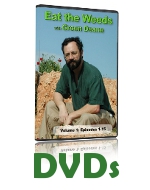 Eat The Weeds On DVD. My foraging videos do not include alligators but they do cover dozens of edible plants in North America. The set has nine DVD. Each DVD has 15 videos for 135 in all. Some of these videos are of better quality than my free ones on the Internet. They are the same videos but many people like to have their own copy. I burn and compile the sets myself so if you have any issues I handle it. There are no middle foragers. And I’m working on adding a tenth DVD. To learn more about the DVDs or to order them click here.
Eat The Weeds On DVD. My foraging videos do not include alligators but they do cover dozens of edible plants in North America. The set has nine DVD. Each DVD has 15 videos for 135 in all. Some of these videos are of better quality than my free ones on the Internet. They are the same videos but many people like to have their own copy. I burn and compile the sets myself so if you have any issues I handle it. There are no middle foragers. And I’m working on adding a tenth DVD. To learn more about the DVDs or to order them click here.
On the Green Deane Forum we post messages and pictures about foraging all year-long. There’s also a UFO page, for Unidentified Flowering Objects so plants can be identified. Recent topics include: Another Blue Berry, The Trails Are Getting Longer, Hard Apple Cider, Pawpaws, Manmade Foods and Obesity, Screwdriver Roach Trap, Berry Tree of Some Sort, Need a Smile? Processed foods are Diabolical, Bean/Pea Pod, Florida Makes Living off the Grid Illegal? Concord Grapes Anyone? Hazelnuts, and Botanical Vick’s Inhaler. The link to join is on the right hand side of this page.
If you would like to donate to Eat The Weeds please click here.

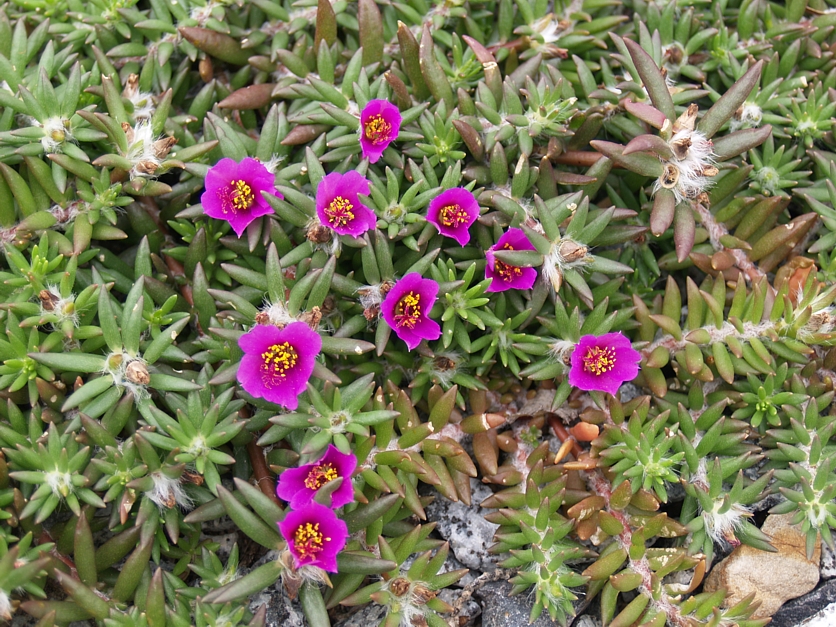
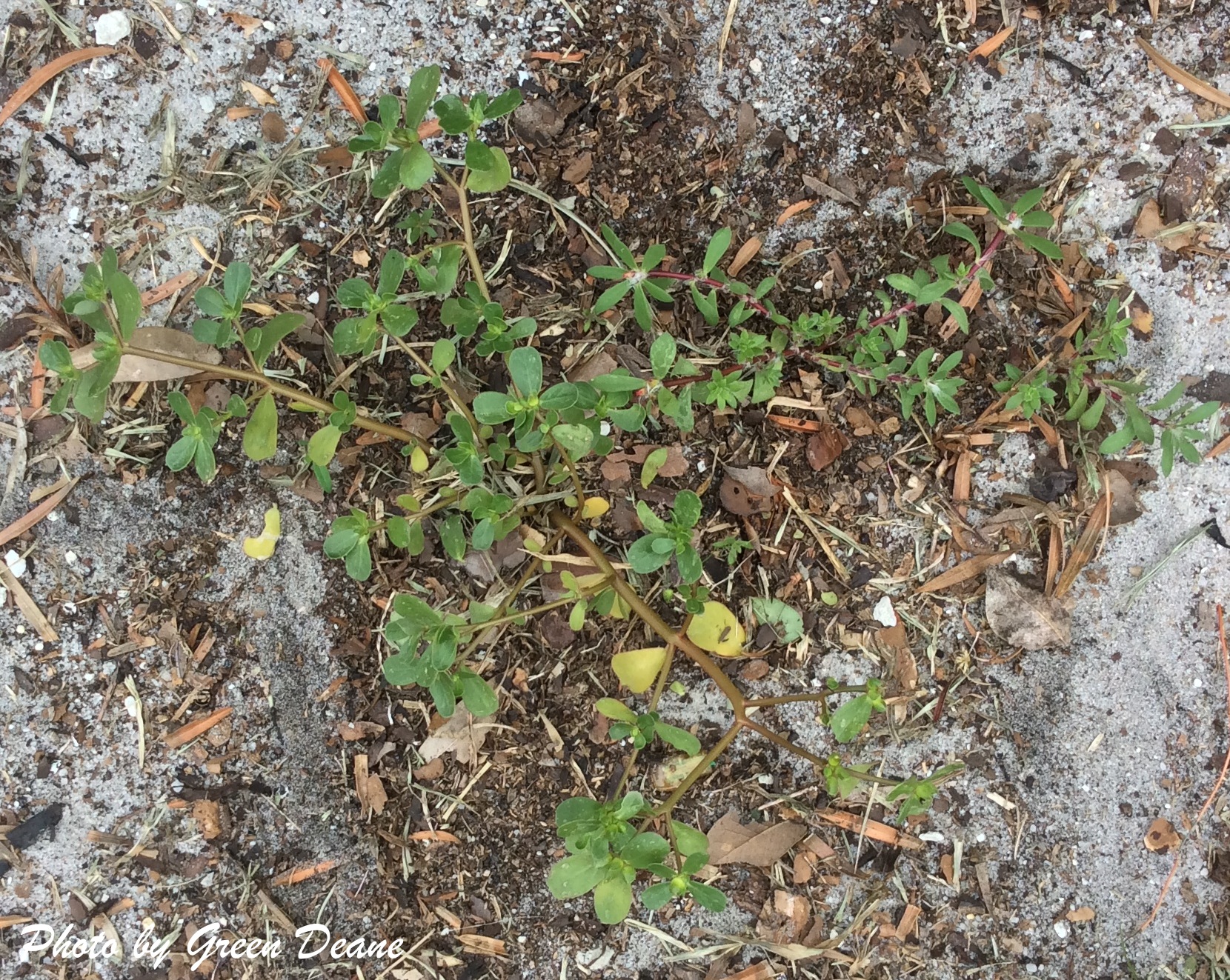
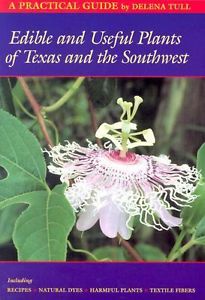
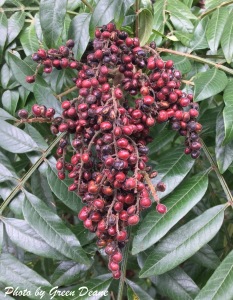



Ah-ha! I spotted a small creeping plant with fruit like those in your photo some years back in Polk County. They were in a rough, sandy scrub environment. I tasted the fruit (not bad at all) but spit it because I didn’t have a positive ID.
Yet again you’ve helped me solve a mystery: gopher apples!
Can you refer me to a website or any source that can help me identify wild eatables in Northern California? This would be much appreciated.
Thanks,
Doug Rodrick
My website has that information. There is a drop down menu under foraging that says foraging instructors. Click on that then go down to California.
I think I’ve got Portulaca pilosa as part of the weeds in my grasd pitch. I collected the plants meaning to make a beautiful ornamental pot out of them; it is worth enjoying the shiny colour of their flowers – here iit is sunny all the day. Nowadays I can collect some extremely tiny black seeds. To tell the truth I was about to chew some leaves and stems; but my wife interrupted. I must also refer to: Moss rose to which you have not gone in details. Here it is famous for ornamental use. It is famous for ornamental use. It is called “Subah el Kheir” which is the Arabic for: Good Morning. It is also prostrate with a lovely red to violet blossom aboout an inch in diameter. It can easily be grown and spread – pulling gently from wet soil the amount required to cover the area where to be transplanted. It is very generous and promt with respect to blossoming.
I hear that central Florida is under water…. maybe this would be a good time for fishing?
Gopher apples are easy to find in central FL! I once collected over 100 seed in about 1/2 hour to replant in F &W property. The smell of ripe gopher apples in the car was wonderful. Quite frankly, they never appealed to me much as food – sort of weird tasting. Never had much trouble getting them to sprout, though sometimes they take a while. I planted several patches around my yard and the one that was the most successful and have started to make a colony was planted in yellow sand where I filled in a depression. Here in scrubland we have 3 kinds of sand: white, grey and yellow and some plants have preferences.
And I really like winged sumac berries. Very refreshing on a walk!